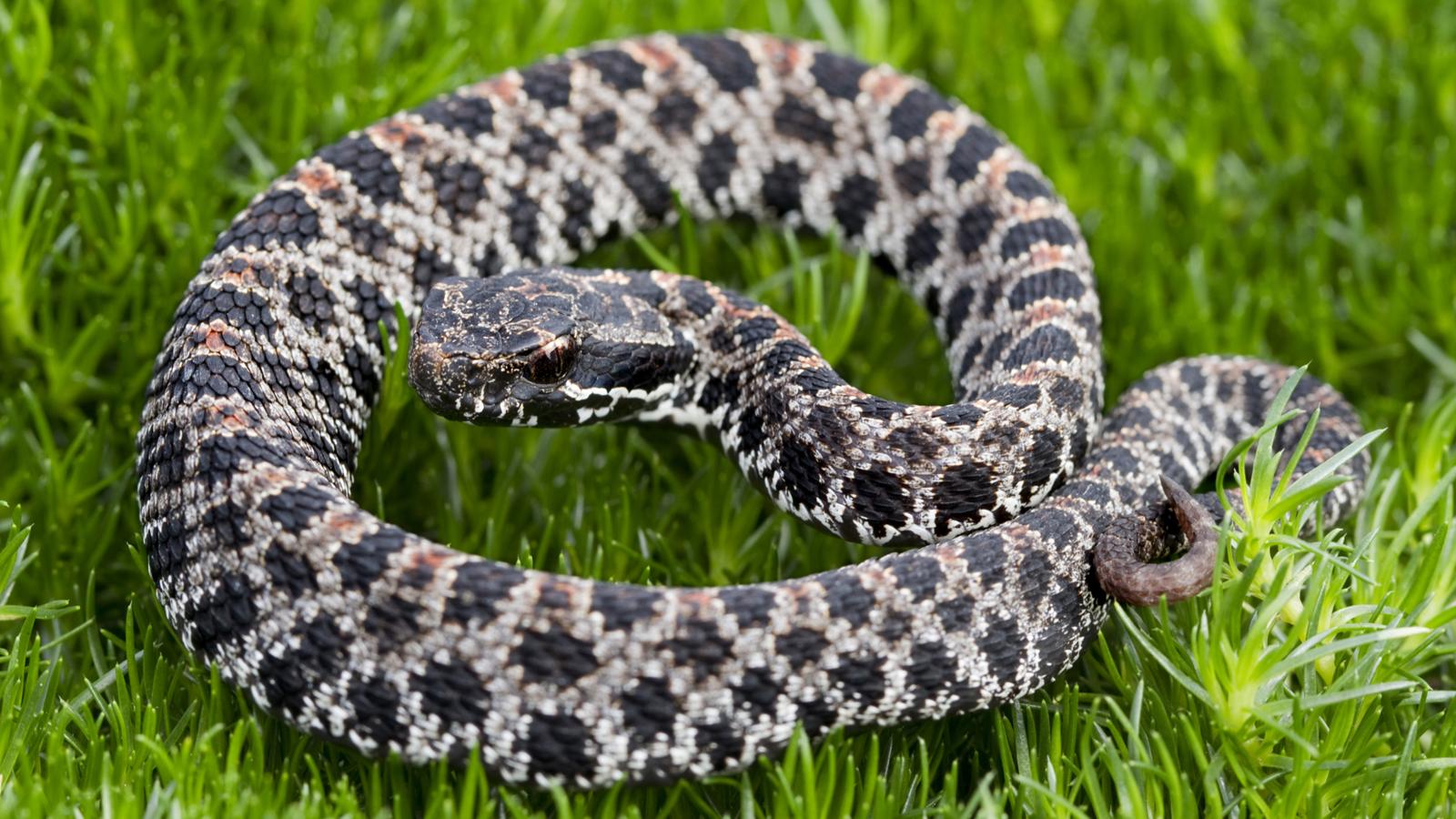
These days, many of us are more likely to think of wild animals with a source of human illness rather than cure.
But like plants, which have been part of our medicine cabinets ever since the Neanderthals used poplar tree bark as a painkiller, animals have long been exploited for their medicinal properties.
For example, Traditional Chinese Medicine (TCM) uses ingredients from 36 animal species including rhinos, black bears, tigers and seahorses – many of which are endangered. Ayurvedic medicine recommends snake venom to treat arthritis, while tarantula bites and ground-up fangs have traditionally been used in South America, Asia and Africa to cure a variety of ailments, from cancerous tumours to toothaches and asthma.
The vast majority of these traditional remedies are not backed up by any scientific evidence – and the pursuit of animal parts has already contributed to several extinctions, including the western black rhino and northern white rhino.
But there might be a way to use wildlife responsibly, and that’s by studying their chemical ingredients at a molecular level. Thanks to modern technologies, no animal ingredients are required at any stage – just a DNA sequence.
I – Word Understanding
Exploited – used
Arthritis – painful inflammation and stiffness of joints
Ailments – diseases
Pursuit – the act of finding or getting something
Extinctions – elimination or reduction
II – Have Your Say
1. Do you prefer traditional (Chinese) medicine or alternative treatments over western/modern medicine? What kind of medicines or treatment have you used?
2. Have you ever tried any unusual / unconventional therapies for the sake of overcoming pain and other ailments? (e.g. bee sting; hypnotherapy, water therapy cold or hot)
3. Researchers believe nature can provide us both with cures as well as scourges – we just need to understand them better. Here are some studies conducted:
a. Animal venom for brain stroke
b. Scorpion venom for cancer
c. Peptides from animal venom for chronic pain


